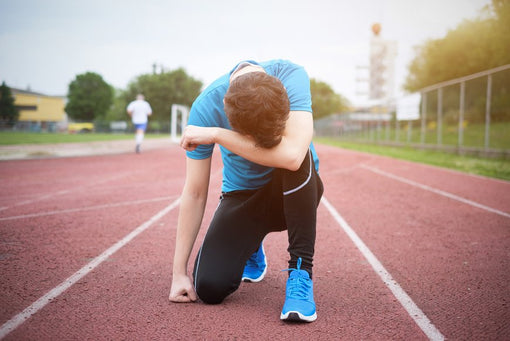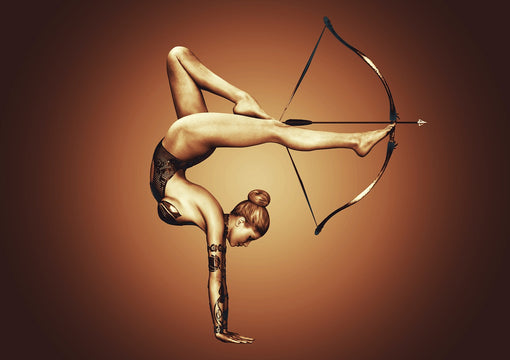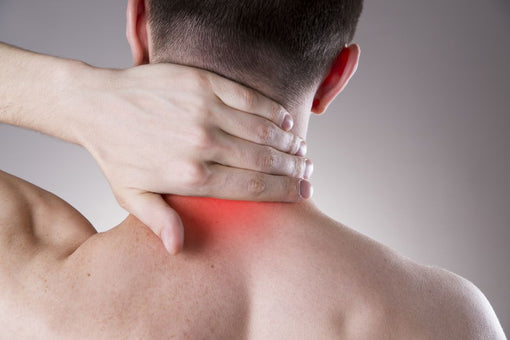
The term “adolescence” originates from the Latin adolescere, meaning “to grow, develop, become an adult”.
Adolescence is a period of transition from childhood to adulthood, a period of development during which children go through numerous changes in their bodies and minds, acquire new roles and responsibilities within the social context and find themselves having to structure their own unique identity.
By convention, adolescence is considered to be the period between the ages of 10 and 18. The body begins to release hormones that will transform the body and the period of pubertal development begins, adolescence therefore begins.
However, there are some differences between males and females. Body changes begin on average between the ages of 10 and 12 for females, while they occur in males between the ages of 12 and 14.
For females, the onset is marked by menarche (the first menstruation), which is an important indicator of physiological puberty.
Pubertal maturity does not reach completion with menarche, but may physiologically take another 2 or 3 years after the first menstruation.
In males, however, puberty begins around age 11 and a half – but with great variability between individuals – with signs such as increased testicular volume, growth of hair on the pubic area, armpits and face, changes in voice and height.
Alexa C. Curtis, in her contribution to the Journal of Adolescent and Family Health, defined adolescence as a dynamic, constantly evolving concept, best understood if we consider three specific dimensions:
organic
psychological
socio-cultural.
PHYSICAL ACTIVITY AND HEALTH IN ADOLESCENTS
Among the factors characterizing lifestyles, physical activity, recreational or sporting, has a priority role for health and is particularly important in developmental age.
Numerous scientific evidences demonstrate, in fact, that performing physical activity regularly from childhood promotes growth and development, with multiple benefits for physical, mental and cognitive health, functional to achieving harmonious development.
Participation in physical activities can also support children's social development, as it offers them the opportunity for personal expression, self-esteem building, social interaction and integration, skills and abilities useful for later life.
It has been observed that, in adolescents, physical activity also influences different aspects of lifestyle, promoting the adoption of healthy behaviors.
To maintain good health and a normal weight, children and adolescents should perform a specific number of hours of physical activity every day.
The WHO, World Health Organization, recommends for children and adolescents (5-17 years) all those activities such as play, structured exercise, physical education, sport, travel, carried out in the family, school and community context, which together allow to accumulate at least 60 minutes of physical activity of moderate to vigorous intensity daily and includes among these activities those aimed at strengthening the musculoskeletal system at least 3 times a week.
To facilitate the achievement of the recommended levels and promote physical activity in this age group, the WHO provides further indications:
The daily goal of 60 minutes of physical activity can be achieved in shorter sessions (for example 2 sessions of 30 minutes).
Inactive children and adolescents should start exercising gradually, increasing the duration, frequency, and intensity over time. Exercising below recommended levels still has benefits, but a little is better than nothing.
BUT WHAT ARE THE BENEFITS OF PHYSICAL ACTIVITY?
It promotes a better body composition between the percentage of lean mass (muscle) and fat mass (adipose tissue);
Prevents any alterations to the spinal column;
Develops physical strength, endurance, flexibility and control;
Reduces the risk of osteoarticular disorders and musculoskeletal problems;
Strengthens the cardio-respiratory and immune systems;
Increases metabolic activities (basal metabolism and daily requirement);
Increases fat oxidation and daily energy expenditure;
Regulates hormonal cycling;
It improves the quality of sleep and keeps anxiety and depressive states under control.
CONCLUSIONS
Physical activity helps children develop motor skills and physical, cognitive, emotional abilities and self-knowledge. Through physical activity, they learn the meaning of their body, a strong, healthy, beautiful, capable body, which encourages autonomy and independence and contributes to self-acceptance and leads to higher self-esteem.
Teens are advised to get at least an hour of physical activity a day until it becomes a good habit. Those 60 minutes of exercise should include activities that make their heart beat faster, strengthen their muscles, and make their bones stronger.
Children need to practice both moderate physical activity that requires a moderate effort of execution such as walking as much as possible, for example going to school, playing outdoors, walking the dog, as well as intense physical activity that strengthens muscles and bones such as running, jumping rope, swimming, soccer and other sports, exercises in the gym with weights, elastic bands and equipment.
The intensity of physical activity cannot be expressed as an absolute value: what may seem like a high intensity for a given young person is actually low for another, everything depends on many factors that must be evaluated with appropriate tests.
It is recommended as a general guideline for optimal development of the young person that children always perform moderate physical activity (at least 3 times a week) and high intensity physical activity (1-2 times a week).
It is essential, however, that the physical activities chosen stimulate and entertain the children, engage them, but always in a pleasant way and that they are suitable for their age, their level of ability, that they are measured and adequate for their physical and attitudinal characteristics.
Visit our website by clicking here



